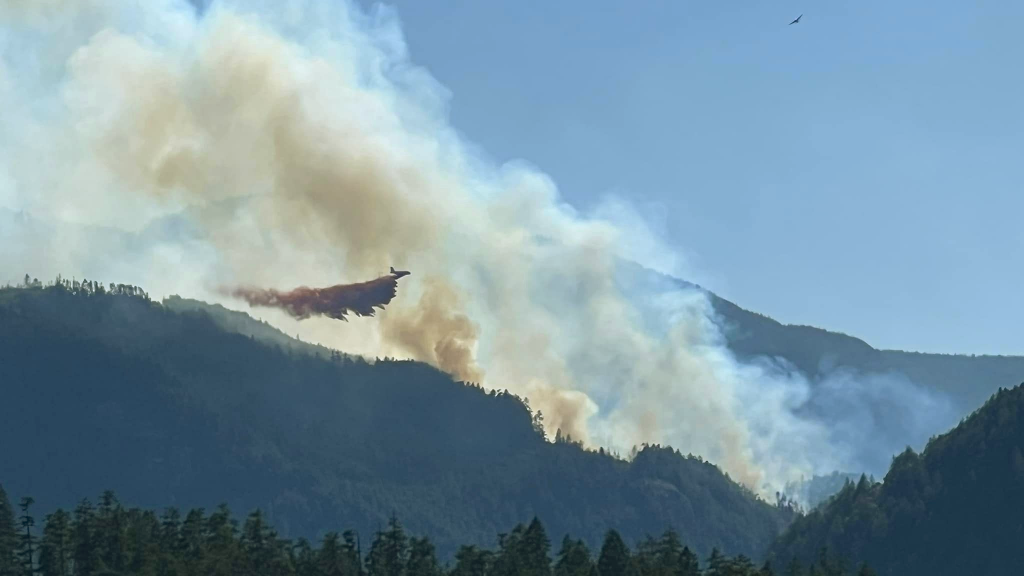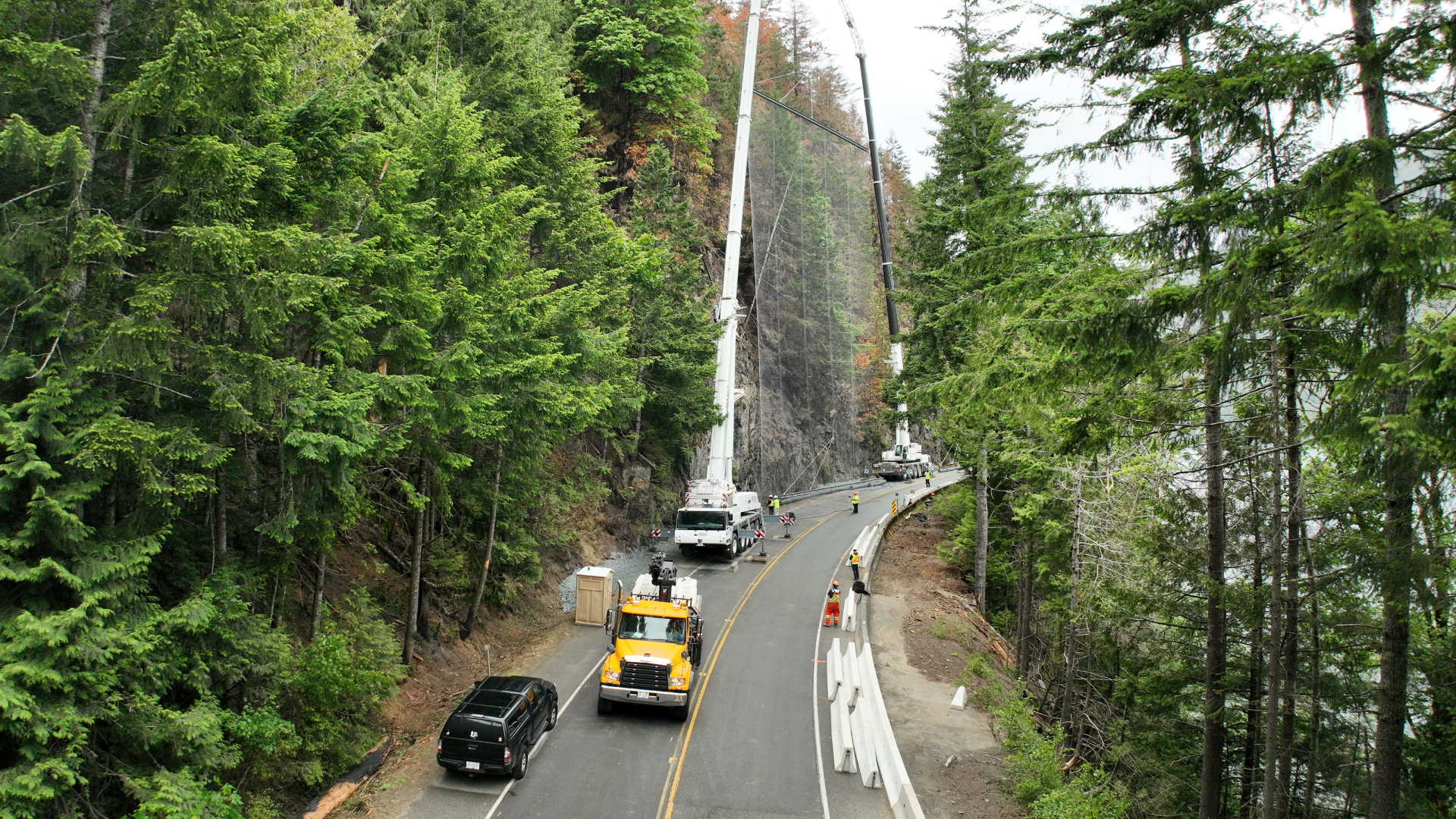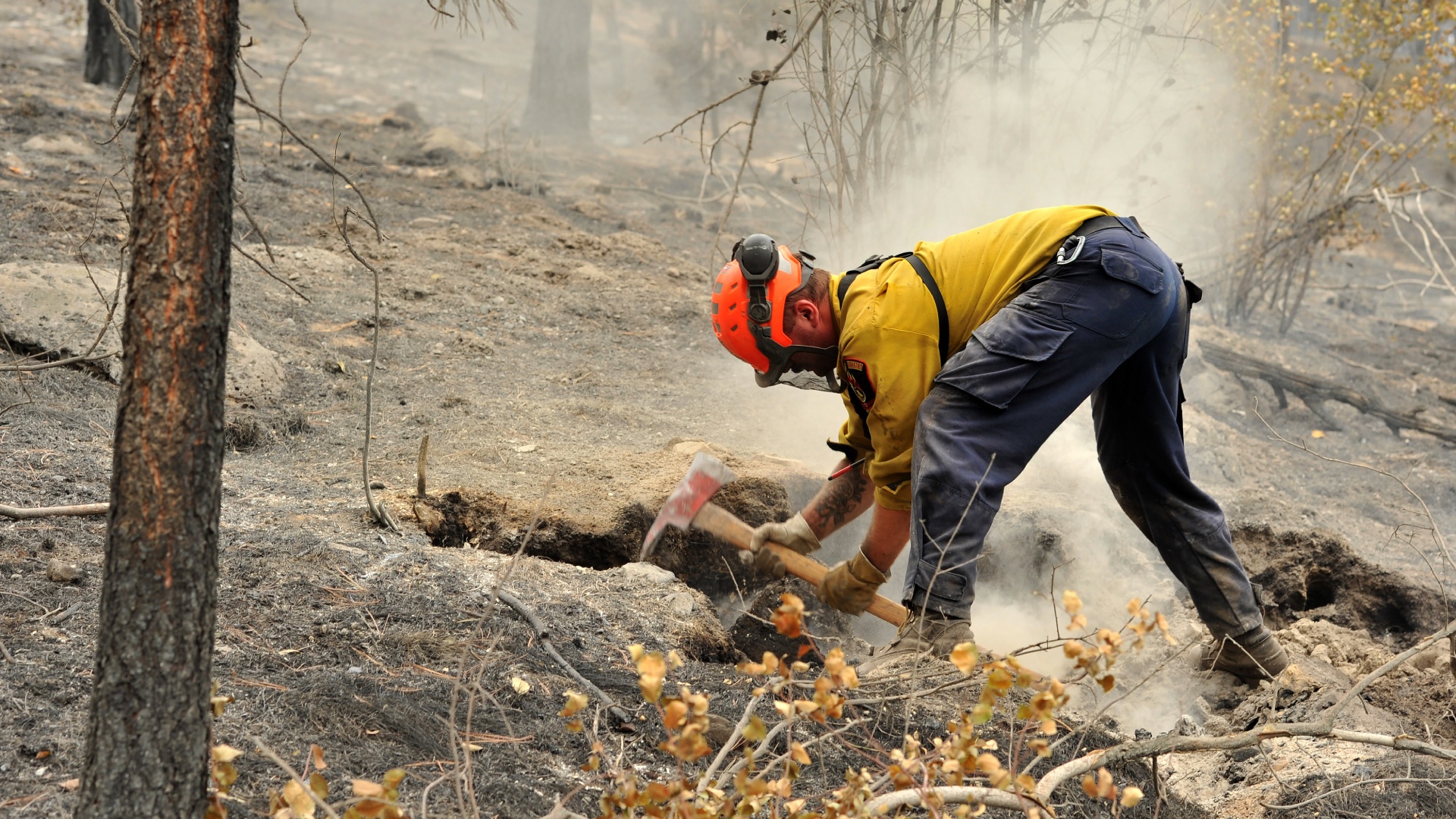
Top Stories of 2023: B.C.’s record wildfire year felt locally as drought persisted
NANAIMO — 2023 was an unforgettable year weather-wise, as the prolonged drought held over from 2022 continued to make an impact.
While Vancouver Island was spared the worst of the wildfire season compared to many other areas of the province, a fire in the middle of the Island forced the closure of a major route between Port Alberni and eastern Vancouver Island, which took months to fully reopen.
The Cameron Bluffs wildfire sparked amid bone-dry conditions in early June as smoke was seen for the first time from an embankment south of Cameron Lake, with high winds fanning the flames.
While no structures were threatened, flames and falling debris began impeding travel through the corridor almost immediately.







